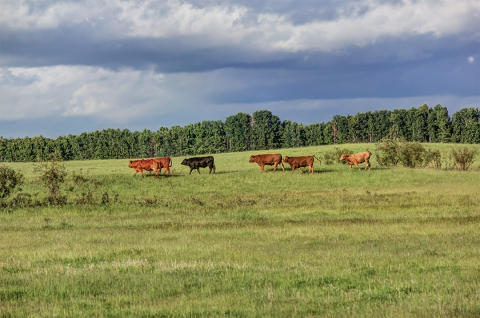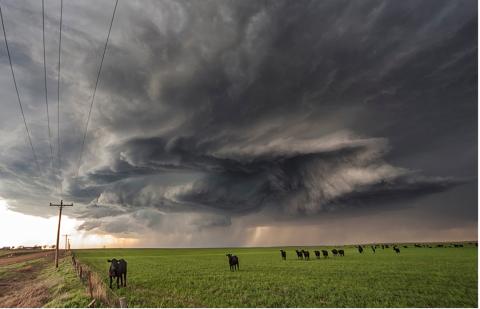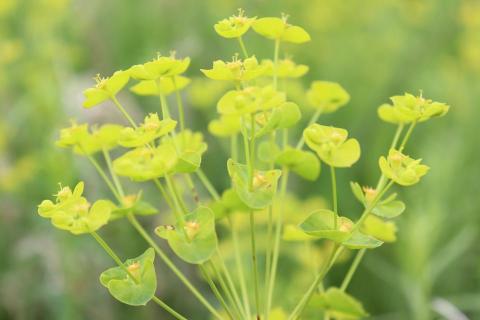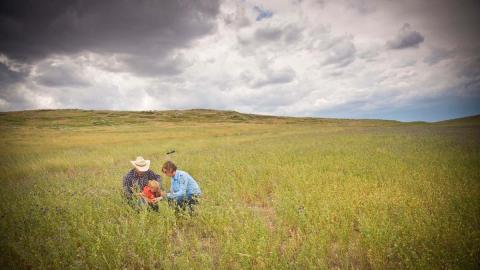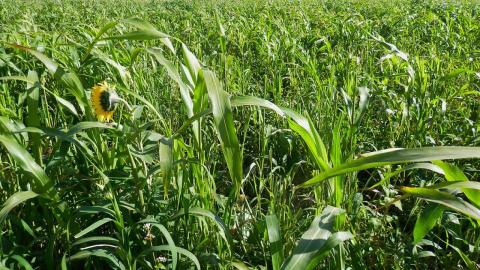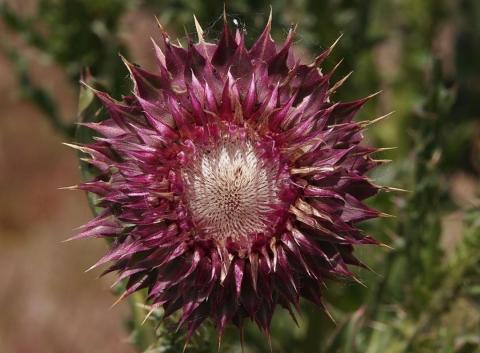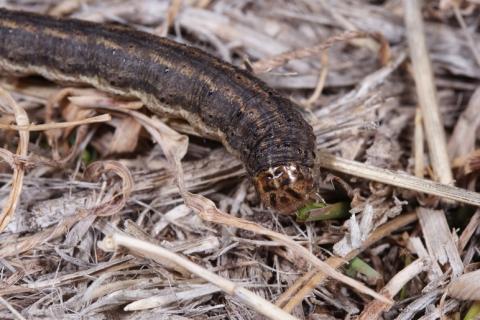Pasture and Forage Minute: Nebraska Grazing Conference Aug. 6-7
July 16, 2024
Details on the upcoming 2024 Nebraska Grazing Conference, and considerations for mid-season forage evaluations and stable fly management in pastures.
Pasture and Forage Minute: Hay Harvest, Weather Impacts on Forage Growth and Grazing Strategies
July 1, 2024
Nebraska Extension educators share tips on adjusting grazing strategies for summer weather and forage growth, and targeting the best date for sub-irrigated meadow hay harvest.
Pasture and Forage Minute: Hail Damage to Pasture and Hay, Alfalfa Irrigation After a Wet Spring
June 11, 2024
Extension recommendations on reducing the risk of toxic plant consumption for grazing animals, hail damage recovery for pasture and hay fields, and summer alfalfa irrigation following a wet spring.
Pasture and Forage Minute: Controlling Leafy Spurge and Alfalfa Weevil, Planting Warm-season Annuals
May 28, 2024
Strategies for reducing spread of leafy spurge and scouting for alfalfa weevil, plus insights on selecting and planting warm-season annuals.
Economic Considerations for Converting Cropland to Perennial Grazing Lands
May 23, 2024
Extension educators review the financial and operational considerations of converting cropland to grass pastures.
Measuring Up: Annual Forage vs. Row Crop
May 10, 2024
This webinar highlights the economics and production benefits of incorporating annual forage systems into crop rotations for producers interested in diversifying their operation.
Pasture and Forage Minute: Selecting Summer Forages, Thistle Control Options
May 9, 2024
Insights on pasture rental rates, selecting summer forage based on needs for your operation, and control options for noxious weed thistles in pastures.
Pasture and Forage Minute: Fertilizing Cool-season Pasture, Army Cutworm Control
April 29, 2024
Extension educators review timelines for turnout to summer pastures, calculating returns on fertilizing cool-season pastures, and tips for scouting army cutworm in alfalfa fields.

